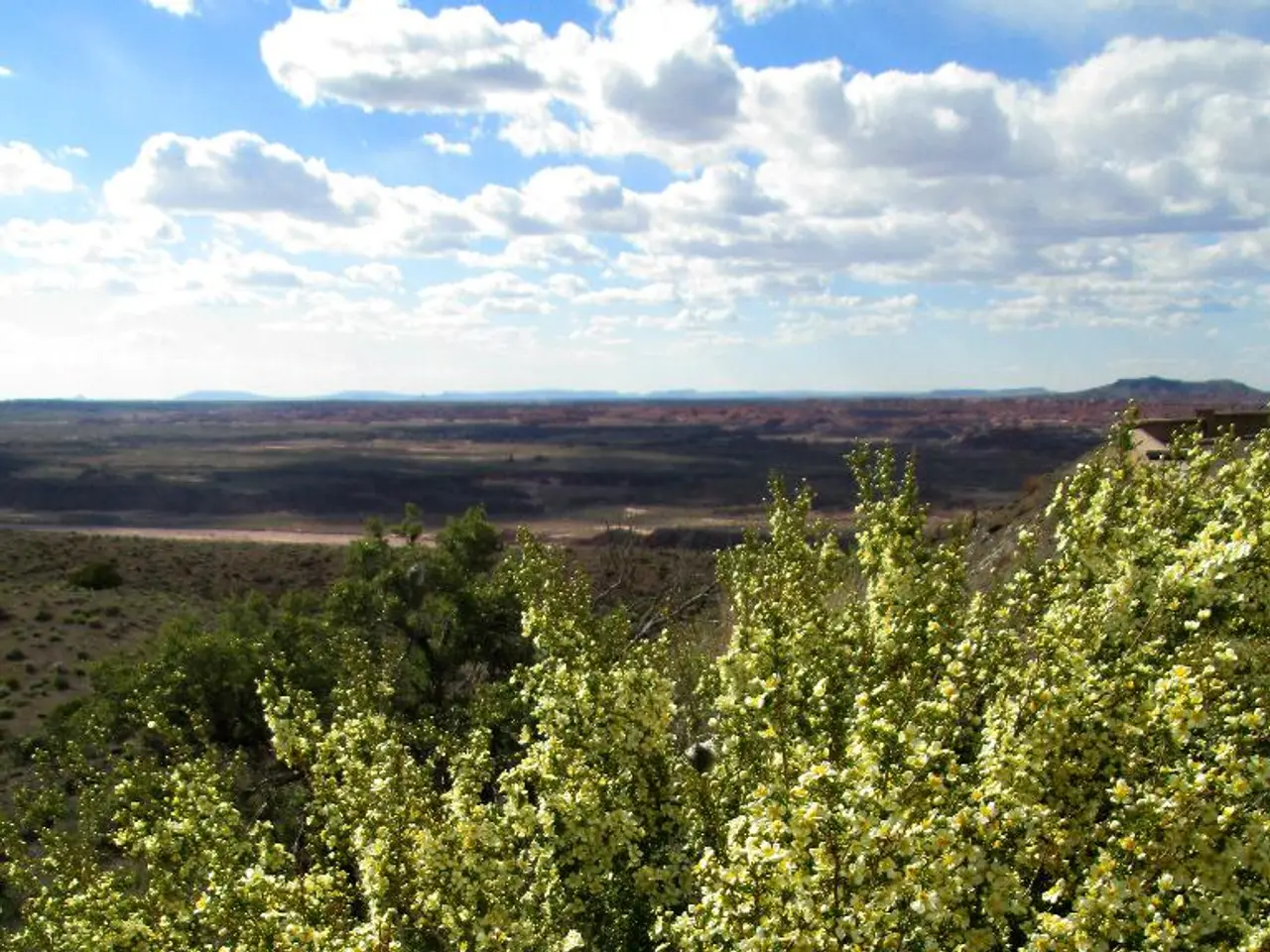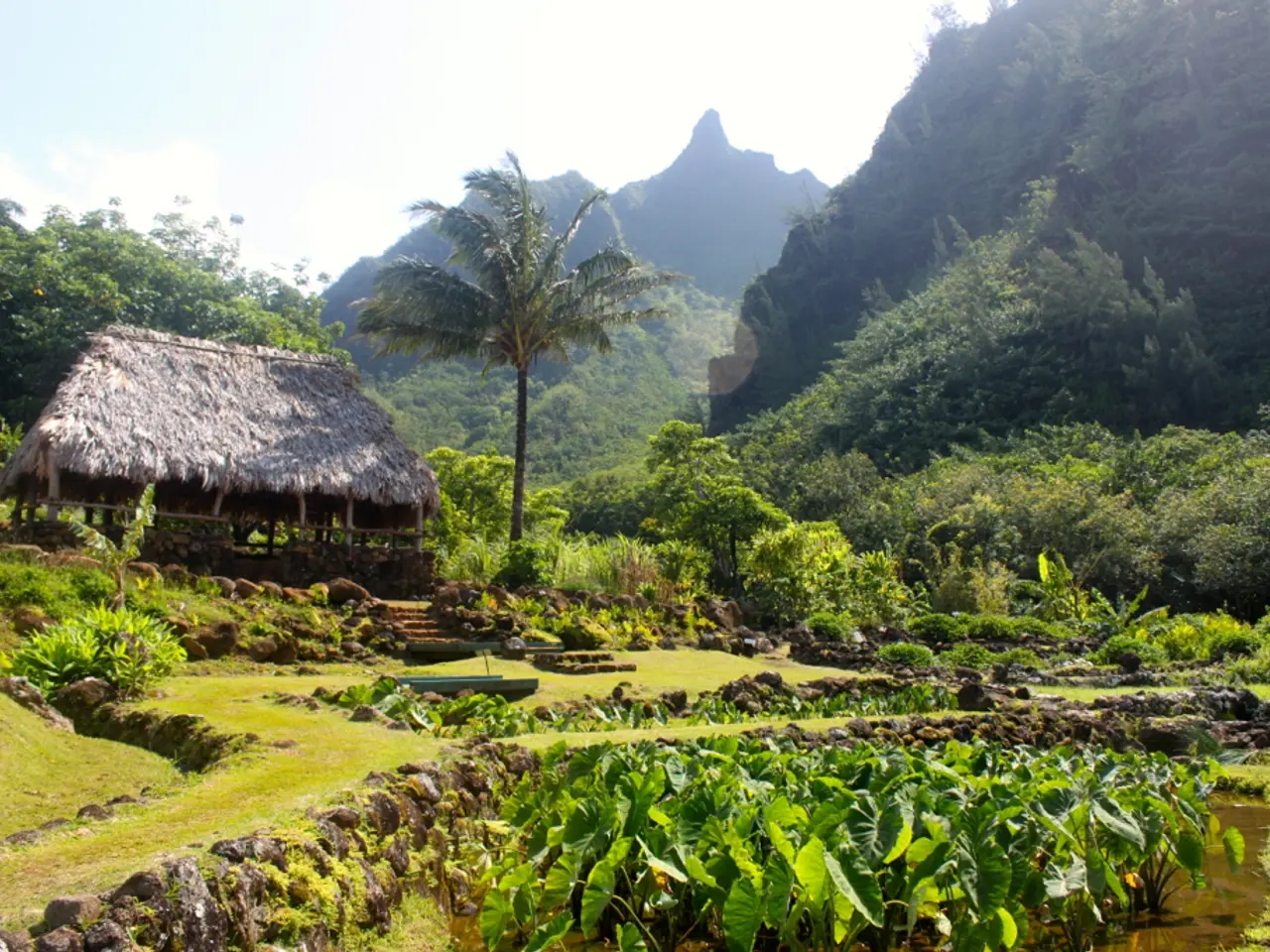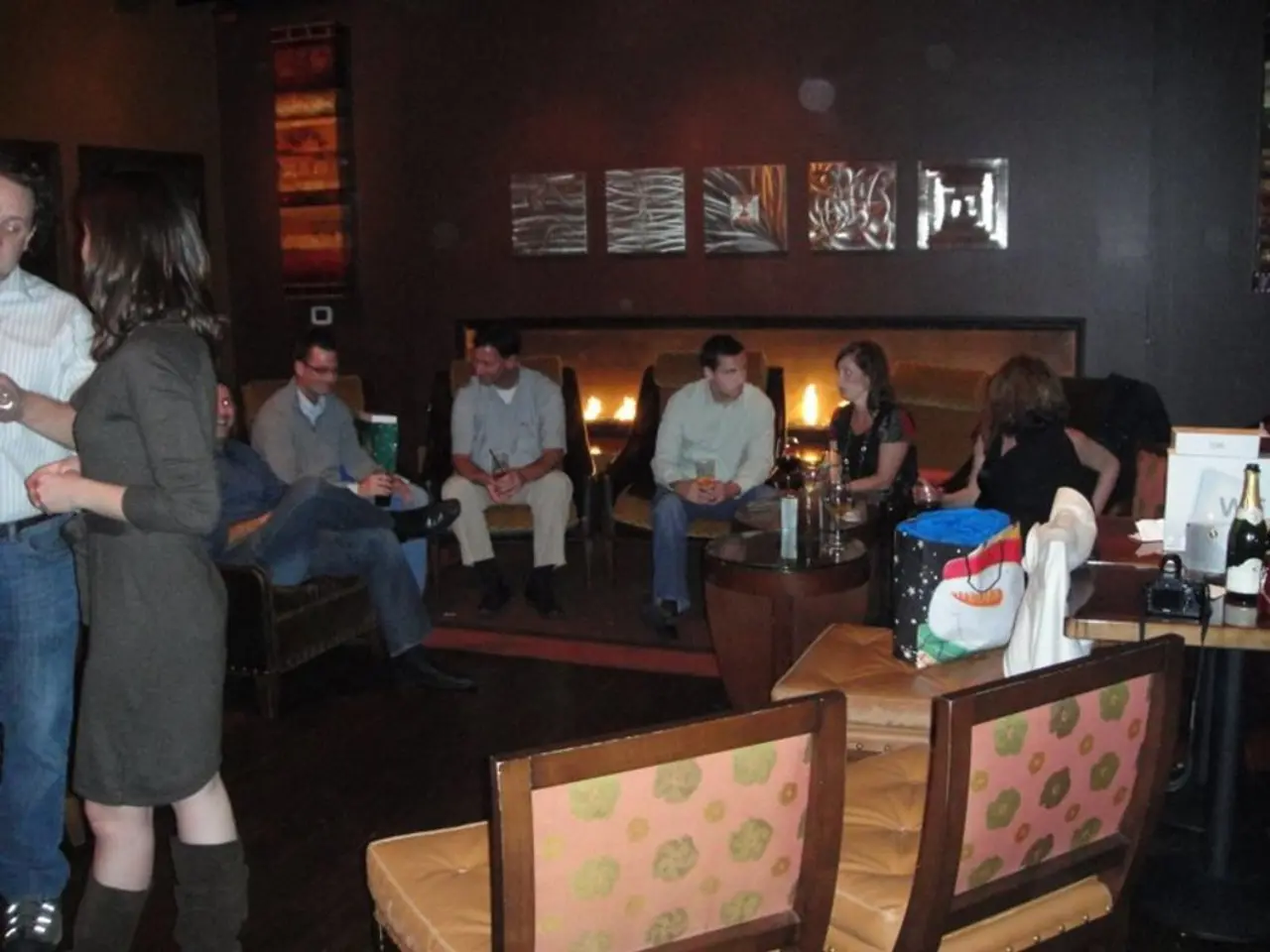Mystery: Are Waterbears Riding Dust Grains Responsible for Seeding Terrestrial Life?
In a groundbreaking experiment conducted by the European Space Agency in 2007, dehydrated tardigrades, known for their extraordinary resilience to extreme conditions, were found to not only survive space travel but also continue to lay eggs upon their return to Earth [1][2]. This discovery has added significant weight to the panspermia hypothesis, which proposes that life can spread throughout the universe via asteroids, comets, and other celestial bodies [6].
Tardigrades, often referred to as water bears or moss piglets, are microscopic organisms that can thrive in various harsh environments, including volcanoes, deep sea, Antarctic, and now, outer space [7]. However, while there is no specific evidence linking tardigrades to space dust, their survival in space has raised intriguing questions about the potential for other microorganisms to survive similar conditions and potentially spread life throughout the universe [2].
Recent research by Professor Arjun Berera focuses on the interaction of space dust with particles in Earth's upper atmosphere [4]. It is estimated that approximately 220,000 pounds of space dust arrive on Earth every day [5]. This raises the possibility that some of this space dust may carry living microscopic organisms from planet to planet, including from Earth to other planets [3].
The Hoyle-Wickramasinghe Model, first proposed in the 1970s, suggests that microorganisms, such as bacteria and viruses, could have originated from space and been transported to Earth on cosmic dust [1]. While experiments conducted by scientists linked to the Indian Space Research Organisation (ISRO) have reported finding viable cells at high altitudes, these findings are still under debate [1].
The 2007 experiment involving tardigrades was a significant contribution to the body of research supporting the panspermia hypothesis [2]. The tardigrades used in the experiment were placed outside the satellite during the space journey [8]. The study concludes that space dust can carry organic particles, including bacteria and tardigrades, beyond Earth's gravitational pull [9].
While there is no direct evidence specifically linking tardigrades or similar microscopic organisms to traveling to Earth via space dust, there are theories and findings related to the possibility of microorganisms being transported to Earth from space [3]. As research in this area continues, the tantalising prospect of life's origins being traced back to the cosmos remains an exciting and open question.
References: [1] https://www.sciencedaily.com/releases/2015/06/150629135131.htm [2] https://www.newscientist.com/article/mg21528603-800-tardigrades-survive-in-space-and-may-have-travelled-to-earth-from-other-planets/ [3] https://www.nature.com/articles/nature10353 [4] https://www.esa.int/Our_Activities/Space_Science/CERES/CERES_study_to_explore_the_interaction_of_space_dust_with_Earth_atmosphere [5] https://www.nasa.gov/feature/goddard/2013/annual-review-of-meteoroids-at-nasa-goddard [6] https://www.nature.com/articles/4151035a [7] https://www.nationalgeographic.com/science/article/tardigrades-water-bears-space-survival [8] https://www.esa.int/Our_Activities/Space_Science/Tardigrades_in_space [9] https://www.nature.com/articles/nature10512
- The extraordinary resilience of tardigrades, as demonstrated by the 2007 European Space Agency experiment, suggests that health-and-wellness microorganisms like these could potentially thrive in space-and-astronomy environments, raising questions about their role in the spread of life throughout the universe.
- The Hoyle-Wickramasinghe Model proposes that microorganisms, such as bacteria and viruses, may have originated from space and been transported to Earth on cosmic dust, indicating a possible link between science, health-and-wellness, and space-and-astronomy.




